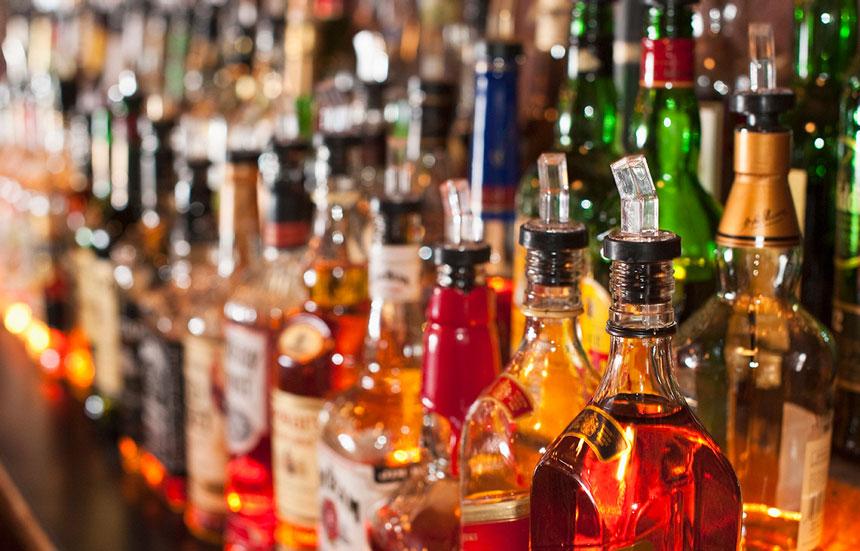Alcohol Warning Labels: Here’s What You Need to Know

2025 ushered in a potential major public health change. On January 3, 2025, Vivek Murthy, MD, MBA, United States surgeon general, released Surgeon General’s Advisory on Alcohol and Cancer Risk, a document that explains how alcohol consumption increases the chances of developing cancer. It also provides recommendations on how to raise awareness of the problem such as updating the existing Surgeon General’s health warning label on alcohol-containing beverages to include cancer risk and reassessing alcohol consumption guideline limits in relation to cancer risk, which are currently two or fewer drinks per day for men and one drink or less for women.
“Alcohol consumption has been linked to breast, colorectal, esophagus, liver, mouth, throat, and voice box, for years, says Dr. Andrea Klemes, chief medical officer, MDVIP. “Most Americans aren’t aware that alcohol consumption is linked to about 100,000 cases of cancer and 20,000 cancer deaths annually in the United States.”
Alcohol consumption is the third leading preventable cause of cancer in the United States, after tobacco and obesity, according to Murthy. His goal is to enable Americans to weigh their cancer risk when deciding whether to drink and how much. Congress will decide if warning labels should be updated.
What’s the Alcohol Cancer Connection?
Consuming alcohol raises the risk for a number of chronic conditions including several types of cancer. Here’s how.
Acetaldehyde
After drinking alcohol, your tongue and mouth absorb and breakdown a very small percentage of it. Most of it is absorbed by the stomach (20 percent) and small intestine (80 percent) into the bloodstream and carried to the liver. The liver activates alcohol dehydrogenase, an enzyme that coverts the alcohol to acetaldehyde, a compound that binds with DNA, causes cellular replication errors, which over time can permanently damage DNA. Acetaldehyde can accumulate in the body, particularly if you drink often or large quantities, raising the risk for cancer.
Hormones
After consuming alcohol, the liver prioritizes breaking it down over other functions including hormone regulation. As a result, estrogen rises, increasing the risk of breast cancer in men and women. But estrogen also is metabolized in the liver. Excessive alcohol can damage the liver, leading to fatty liver disease and cirrhosis. If the liver is unhealthy, it can affect how estrogen is processed, often resulting in higher estrogen levels. Too much estrogen is problematic because it can promote the development of breast cancer cells, cause faster cell division and damage the DNA in breast cells.
“Nearly 80 percent of breast cancers are hormone receptor-positive,” says Klemes. “Meaning they need estrogen, progesterone or both to develop.”
Cellular Changes
Heavy alcohol drinking triggers cellular changes that make it easier for cells in the mouth and throat to absorb carcinogens such as those in tobacco products.
“It’s important to be honest with your doctor as to how much you’re drinking,” Klemes says. “Don’t fib. Your doctor can help you mitigate risk and reduce your intake of alcoholic beverages.”
Don’t have a primary care physician? Consider joining an MDVIP-affiliated practice. MDVIP-affiliated physicians have more time to help you in your pursuit of a healthier lifestyle. Find a physician near you and begin your partnership in health »


